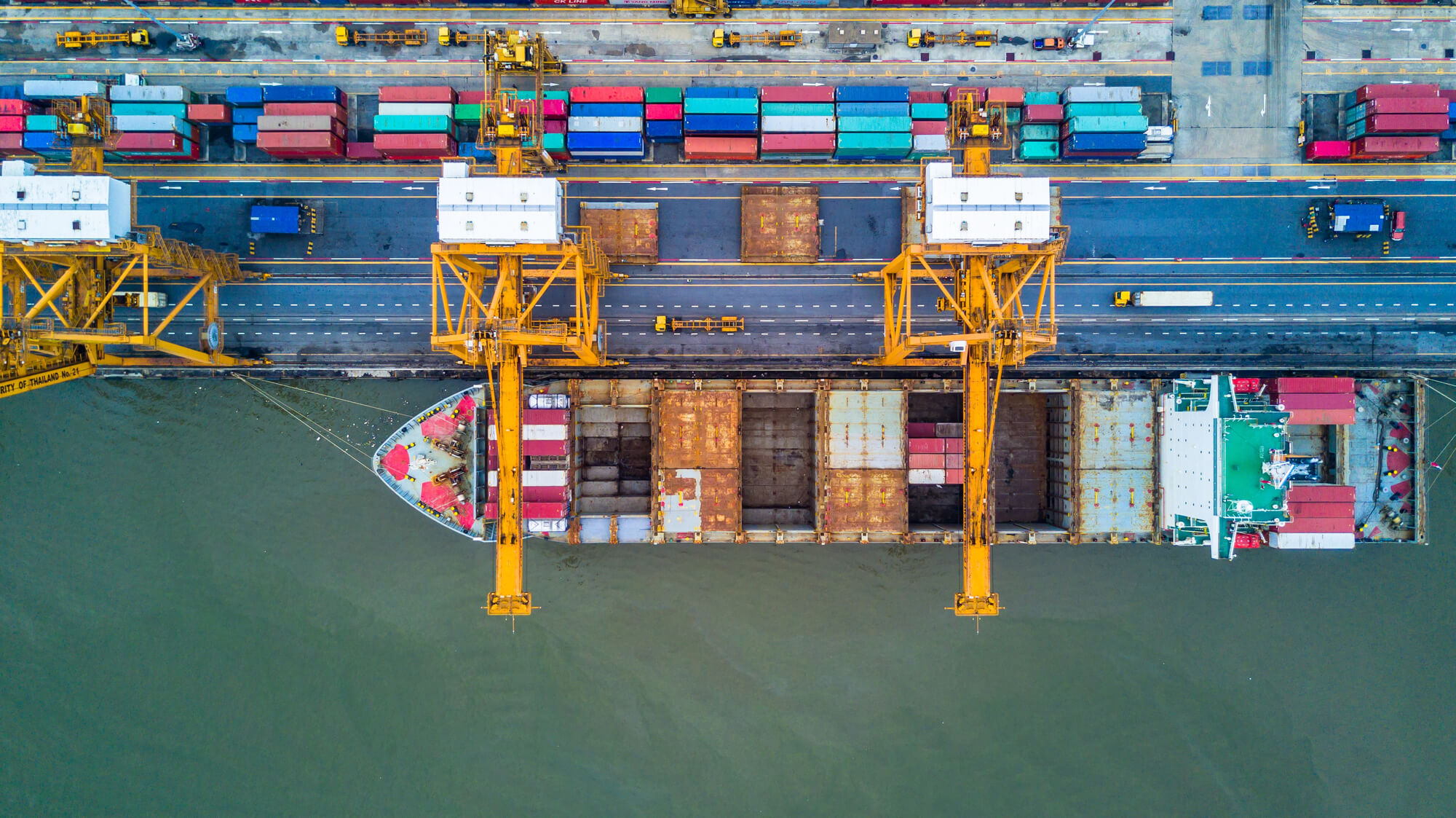Ukraine is considered to be at risk of defaulting on its debt obligations by rating agencies, Ukrainian government denies that this is realistic. But how bad is it for a government to default? – International experience suggests that defaulting can be part of the measures that are used to get an economy back on track.
Already for some time, Ukraine is considered to be at risk of defaulting on its debt obligations. An April 9 2014 column in (the American) Forbes for example was titled ‘no matter what happens in the east, Ukraine is going to default’. More recently, a January 6 Bloomberg article had as title ‘Ukraine bonds at 60 cents seen signaling risk of default’. More general, all rating agencies have assigned ratings to Ukraine’s long term sovereign debts that can be summarized as ‘default imminent with little prospect for recovery’. At the same time, Ukrainian government officials suggest they are not even considering this option – in an earlier Bloomberg article, the Central Bank governor, when asked about whether Ukraine was going to default, was quoted as saying “I don’t think Ukraine needs to be a pariah country.”
So exactly how bad is it for a government to default? Here are some things we can learn from the academic literature on the international experience with sovereign defaults.
First, the term ‘default’ does not only include cases where governments unilaterally violate the terms of the debt contract. The ratings agencies will also consider as defaults cases were countries pre-empt ‘real’ defaults by agreeing with creditors to change the terms. For example, Ukraine agreed in 2000 with its creditors on a debt restructuring that implied an (estimated) 18% to 40% ‘haircut’ (loss to the creditors).
Second, it is not that rare that governments default on their debt obligations. Michael Tomz (Stanford) and Mark Wright (UCLA) count 251 ‘defaults’ by 107 countries between 1820 and 2012. Some countries are serial defaulters, like Ecuador, Mexico, Uruguay which have defaulted at 8 different times. Similarly, Juan Cruces (Universidad Torcuato Di Tella) and Christoph Trebesch (University of Munich) count 182 ‘sovereign debt restructurings’ in 68 countries between 1978 and 2010. The 2012 Greece restructuring, of course, being the latest and historically biggest example.
Third, the benefit of defaulting is that, at least in the short run, less money needs to be paid to the debtors, leaving more money to the government to spend on other things the government might value more at that moment. The creditors obviously lose money, according to the above mentioned studies, on average the ‘haircut’ is about 40%, though the variation around that number is considerable.
Fourth, the cost of defaulting can come through several channels. After a default, capital markets might be closed for the defaulting country or at least it will become more expensive to get new loans. Empirical research shows however that while exclusion effects can be substantial, most often they are fairly moderate and limited in time, with many countries that default getting new loans only a couple of years after the default at a cost that is only moderately higher. Ukraine, for example, defaulted in 2000 but accessed international credit markets again in 2002 (the median time to regain access to international capital is about 3 to 7 years). Relevant for Ukraine, while being excluded from international borrowing after default, a country will have to run a primary fiscal surplus, paying for its public spending with its tax revenue.
There is also some limited evidence that creditor-countries retaliate by reducing trade or FDI but again in most cases only temporarily and modestly so. Military action, on the other hand, is rare. As Michael Tomz and Mark Wright put it ‘Notwithstanding these historical debates, all agree that today countries do not use military intervention to enforce debt contracts.’ Also relevant for Ukraine is that to the extent that domestic banks are the owners of the domestic government debt, a default can trigger or worsen a banking crisis, leading some defaulting governments to give domestic creditors a nicer treatment (lower haircut) than foreign creditors.
Whether the costs of default outweigh the benefits depends on the specific case, but overall, the evidence that a default itself causes a substantial economic loss is limited. While defaults typically occur at times of economic trouble, a study by Eduardo Levy-Yeyati (World Bank) and Ugo Panizza (Inter-American Development Bank) of 23 default episodes in emerging markets suggest defaults happen in the quarter where output bottoms and outputs start growing after that. Also for Ukraine’s 2000 default, growth bottomed out before the rescheduling year.
Fifth, there are recipes to make defaults less painful. An IMF working paper suggests that countries that are in clear trouble have a good chance to convince creditors to restructure debt, if they communicate well and consult well with creditors, and offer a mix of “carrots” (which will make it attractive for the creditors to agree with a proposed restructuring) and “sticks” (which will make it unattractive for the creditors to disagree with a proposed restructuring). Such negotiated restructurings will typically be more orderly and quicker and hence minimize the costs related to defaulting. This was the path taken by Ukraine after the currency and debt crisis of 1998-2000.
In summary, defaulting is not something one does for fun, but if really needed, defaulting can be done in an orderly way, does not have to imply the collapse of an economy and can be part of the measures that are used to get an economy back on track.
Attention
The author doesn`t work for, consult to, own shares in or receive funding from any company or organization that would benefit from this article, and have no relevant affiliations



